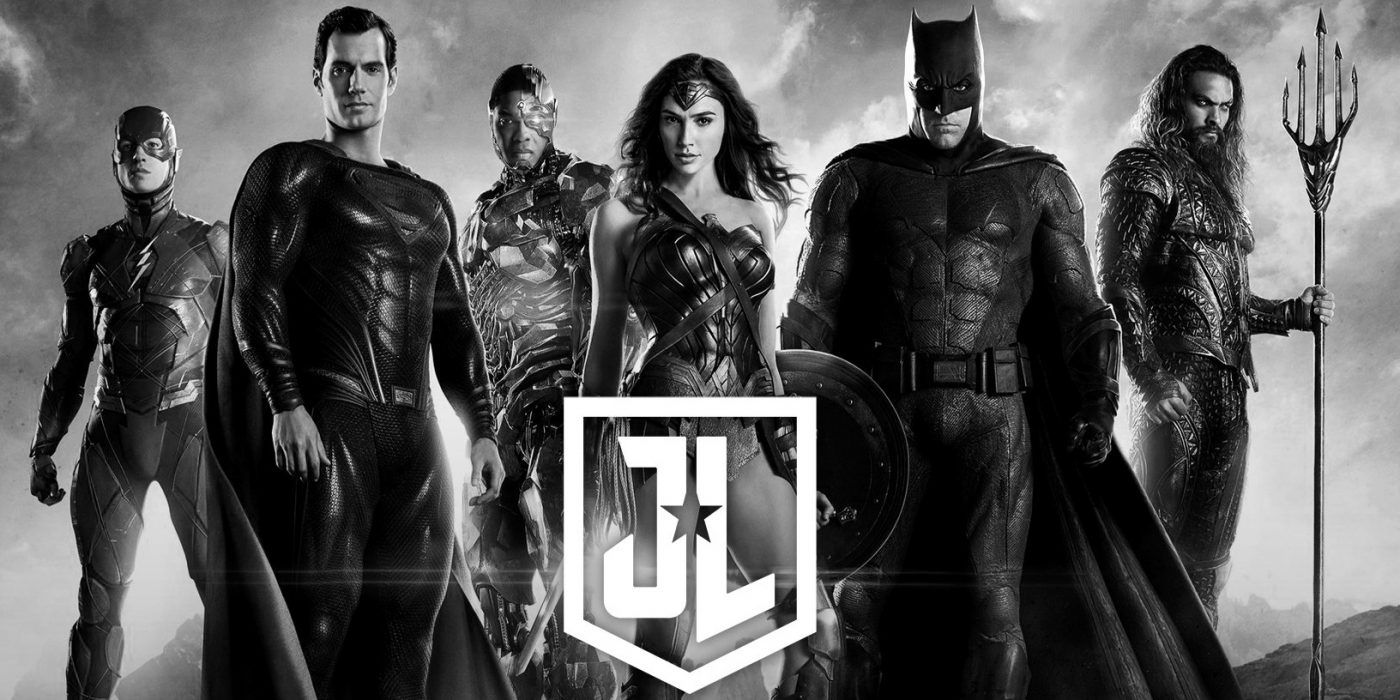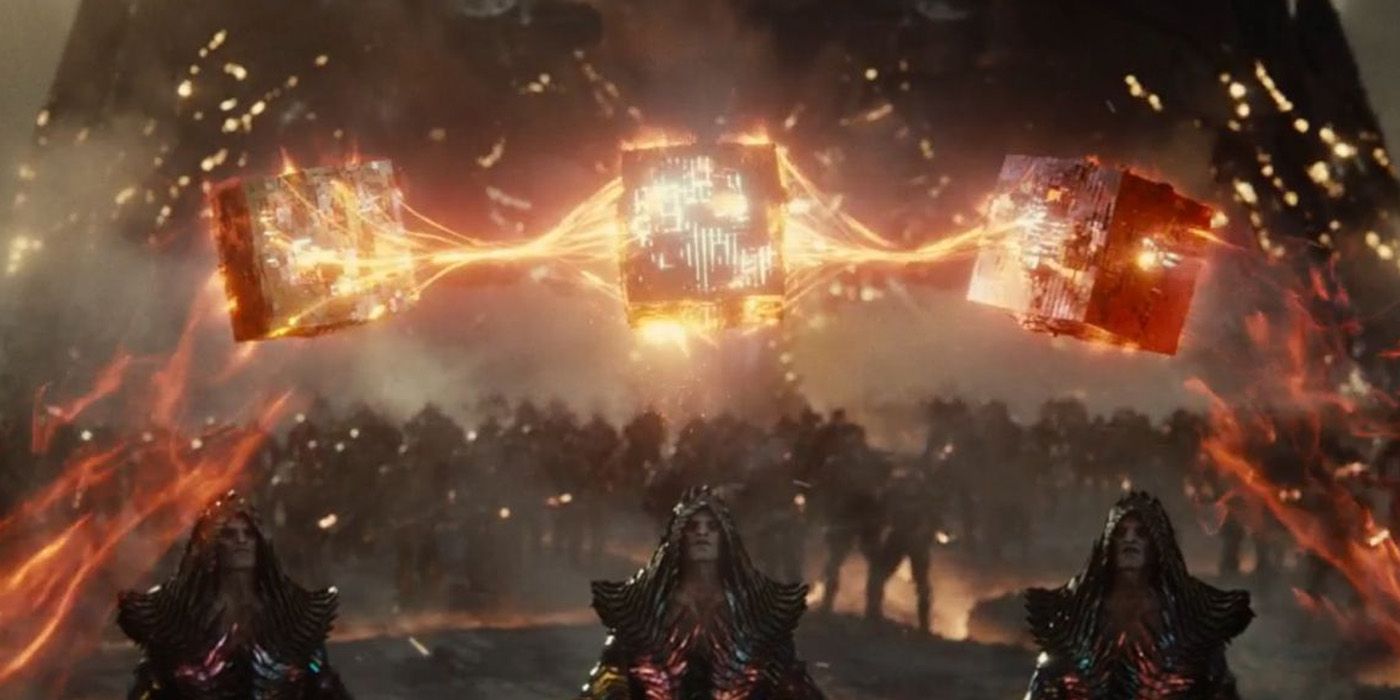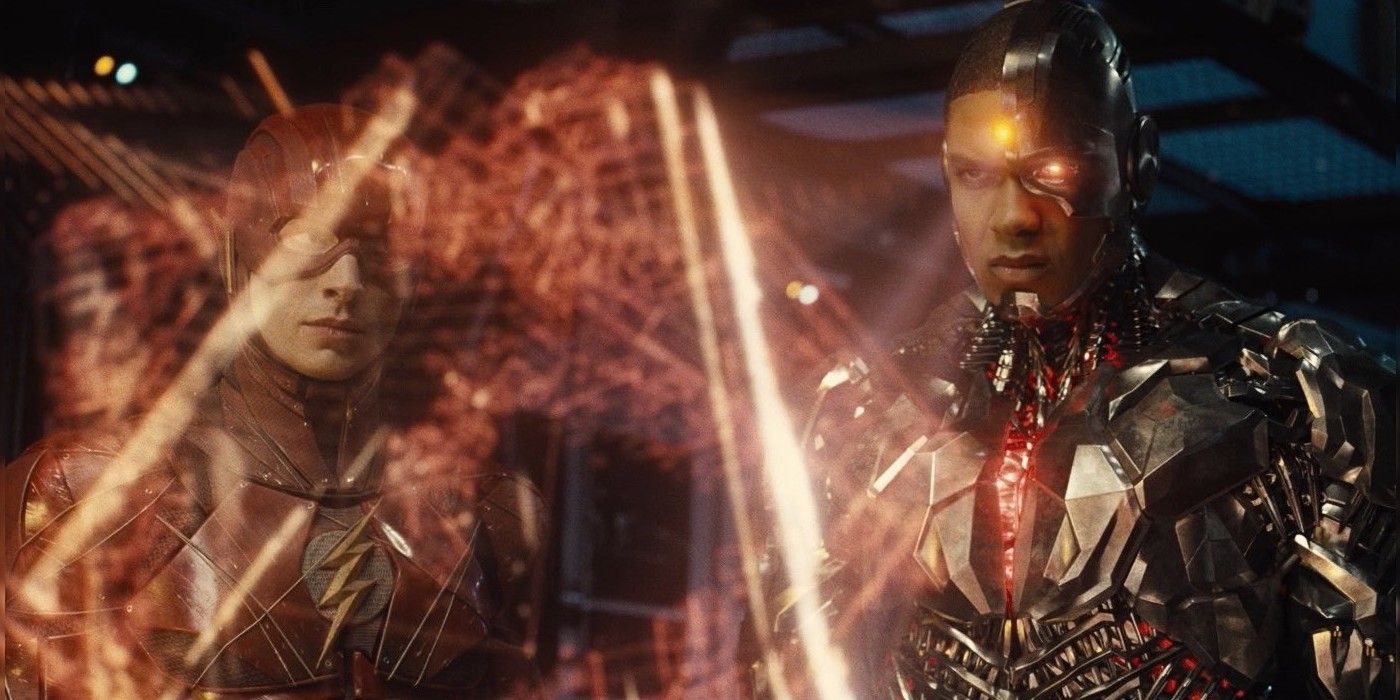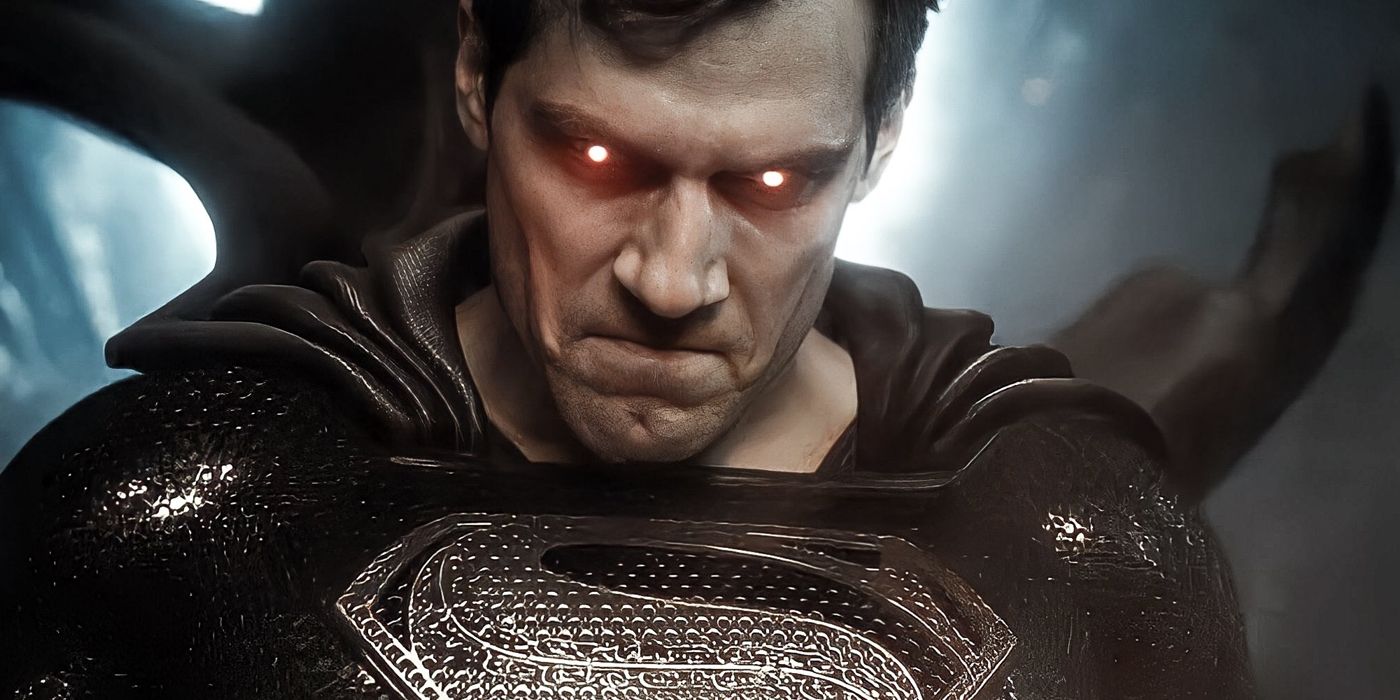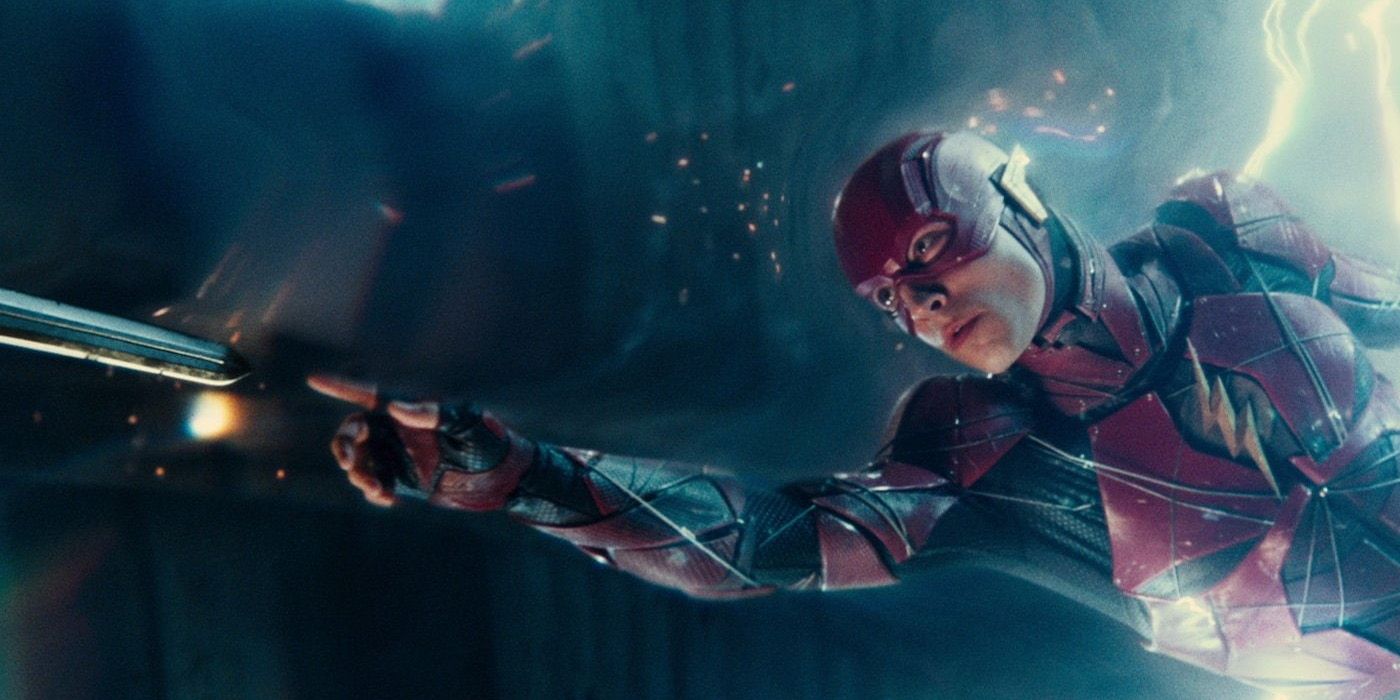It has been a week since fans finally got to watch Zack Snyder’s Justice League and the hype still hasn’t died. Hardcore DC fans are still urging Warner Bros. to reconsider their decision about the SnyderVerse, and watching the film only upped the campaigning. The Snyder Cut had a lot more to offer than its predecessor and it makes sense for the production house to #RestoreTheSnyderVerse.
In 2017, the theatrical cut of Justice League received a lot of negative feedback from fans, with many complaining it had ruined the tone that was set by Snyder for the DCEU. While the main story of the Snyder Cut is the same, the way it unfolds is quite different, and witnessing Snyder’s vision come to life has been an experience to remember.
With a runtime of four hours and two minutes, the Snyder Cut is twice as long as the theatrical cut of Justice League, and included content that was entirely skipped in the 2017 version. Joss Whedon, who was brought on as director after Snyder’s departure from the project, ordered significant reshoots based on input from executives at Warner Bros., and cut scenes that were meant to be a part of the film originally. Important characters, like Darkseid, were removed, leading to gaps in the plot. The film, which was radically different from Snyder’s vision, almost seemed to have cheated hardcore fans.
Snyder left the project during production after a personal tragedy. But, even before he decided to leave, the studio had concerns over his vision. Their constant input eventually became too much for the director to handle, Snyder revealed in a past interview. While dealing with the loss of his daughter, Snyder chose to prioritize his personal life and departed before the film could be completed.
Upon his return, the movie was to be completed the way he wanted to do so from the start. Warner Bros. took a huge gamble to the tune of $70 million in order for Snyder to achieve his vision. All of Whedon’s reshoots were thrown out and Snyder’s cut was whole again, one that has had a much better reception than its predecessor.
What stood out the most was the inclusion of backstories into the plot, which filled all the Whedon-shaped gaps. Aquaman, Cyborg and the Flash weren’t just supporting cast. They were shown to be an integral part of the Justice League, with each character’s back story offering an insight into why they joined the team of superheroes. Additionally, Cyborg and the Flash’s roles were far more significant than the theatrical cut.
Cyborg, who Snyder referred to as the “heart of the movie” in several interviews, comes into his own beautifully. From a young man playing football, to someone who hides in the shadows after almost losing his life, he goes on to become the hero willing to sacrifice his own life for the sake of humanity. The Flash, who seemed to be the comic relief in the 2017 version of the film, becomes the main reason the Mother Boxes are unable to unite. The scene in the final battle where the Scarlet Speedster finally reveals his full capabilities to time travel was a delight to watch. While the character’s comic timing is still intact, all of the Whedon jokes were removed from the film.
Fans also finally understand Steppenwolf’s motivation. While he is trying to unite the three Mother Boxes, his main aim is to pay off his “debt” to Darkseid, a reference that was missing from the theatrical cut. Also, his new sharp armor is extraordinary, making him appear more villainous than the 2017 version.
Superman is seen wearing a black suit, which is inspired by his resurrection in the comics. Apart from the fact that Henry Cavill’s mustache was not digitally removed, the Man of Steel seems angrier and tougher. In the theatrical cut, he joins the final battle with the “truth and justice” dialogue, which did not match the tone of the SnyderVerse. However, the Snyder Cut offers him an epic entrance, with him taking a shot from Steppenwolf’s ax and merely saying “not impressed” a scene that would probably get cinema-goers to erupt into cheers.
Wonder Woman is portrayed as who she truly is - a warrior and one of the most iconic DC heroes. In the 2017 version, she was reduced to an object of sexualization, with camera angles adjusted for unnecessary body shots. Scenes were added to emphasize the fact that she was a female presence in the film, including one of the Flash falling into her chest. She was also made to seem like the only person against the plans of resurrecting Superman. That scene is executed in more emotionally-charged fashion in the Snyder Cut, with all heroes agreeing that the group needs Superman’s leadership. The film focuses on Wonder Woman’s true power, with her being more involved in all the battle scenes, including chopping off Steppenwolf’s head in the final fight.
Batman has better technology and gadgets. While his Batmobile is epic as always, how he manages to survive the blast of heat vision from Superman is finally explained. It wasn’t just luck, but the gauntlets that Batman wore, which collect and disperse energy. And the much-awaited Knightmare scene introduced the world to Snyder’s version of the Joker, a portrayal that stayed true to the comics, unlike the heavily tattooed form depicted in 2016’s Suicide Squad.
It wasn’t just the characters and story-telling that were better, but the Snyder Cut offers a different viewing experience. The theatrical cut screened in the typical widescreen format, which resulted in some loss of picture. The Snyder Cut retained the 4:3 aspect ratio, which is typically reserved for IMAX. So, when Wonder Woman is walking on a street, before her first meeting with Cyborg, Gal Gadot is visible from head to toe. Additionally, Snyder decided to get rid of the infamous red sky from the battle scene wherein the Justice League members first go up against Steppenwolf. One of the biggest complaints about Whedon’s version of the film was the red hue, which caused the characters to be drenched in color and the sky to appear pixelated.
There are many other elements that make Zack Snyder’s Justice League better and more dynamic than the 2017 version. With the Snyder Cut receiving high praise from fans and critics, it is clear that allowing the director to continue his vision would garner massive interest. The film leaves so many questions unanswered and allowing Snyder to complete his vision will give members of the Justice League, and fans of the series, the ending that they deserve.
Even though this is apparently the end of the line for Snyder's vision, with Warner Bros. confirming that the director will not be a part of the DCEU moving forward, the studio should consider fans’ pleas to #RestoreTheSnyderVerse. Not only is the Snyder Cut a better film, but moving forward, it would make business sense for the studio to bring Snyder back on board. With a fan following that spent years demanding the release of the Snyder Cut, the studio would have thousands, if not millions, of people interested in potential sequels of the film. Will they change their minds? Time will tell.
Zack Snyder’s Justice League is now streaming on HBO Max.

